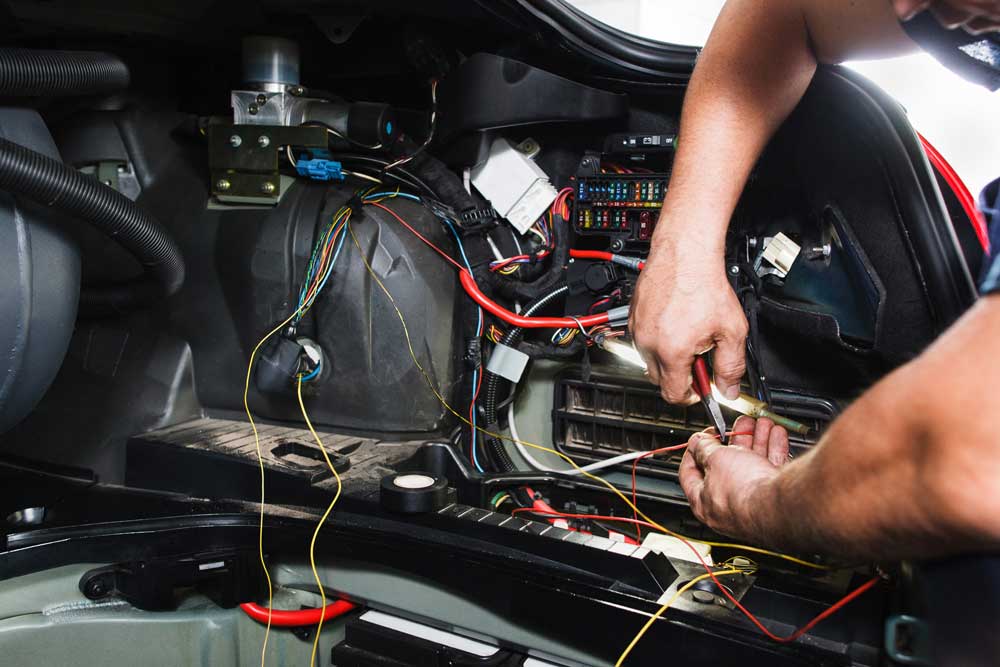It is cliche at this point for people to think they were born in the wrong decade or century. Surely, our parents who experienced the British Invasion of music had it better than we did, or our grandparents, who saw the end of World War II and America being crowned as a world power. The fact of the matter is, we have plenty today that would make any of our grandparents, at our age, incredibly jealous. And progress is just that: progress.
Take our vehicles, for instance. For generations, cars have been operating practically the same way since their mainstream adoption in the 20th Century; fluids, hydraulics, and an internal combustion engine move the various pistons and belts in synchronicity, moving the machine from point A to point B. But there is much to distinguish our cars from those of our grandparents, not the least of which is the bevy of electronics that not only make the car safer but more fun to drive.
Changing the Face of Auto Repair
Without these electronics, our cars are not much different from the classic vehicles of a few decades ago. But instead of just sending our vehicles to Schulz Auto Garage for a quick tune-up of the A/C compressor or the crankshaft, we have automotive internet-of-things (IoT). That is, electronic devices that employ use of the internet, have proprietary system software, and gather data. Today, car repair technicians need a computer to run diagnostics as much as they need a wrench to tighten a lug nut. Luckily, we’re up to the task.
Essential Electronics
The purpose of these electronic tools, as mentioned above, is in large part to keep the occupants of the car (as well as the other cars on the road) safe. Therefore, some electronics monitor traffic, while others monitor the condition of the car itself. With such parts accounting for nearly 40% of the cost of a new car and being so essential that a chip shortage due to COVID-19 has all but halted the production of vehicles in 2020 and 2021, it is essential to keep your electronics functioning properly. Below is a list of some of the most essential of these parts.
- Engine control
- Power steering control
- Power windows
- Power seats
- Keyless entry
- Power door locks
- HVAC
- Powertrain control
- Brake control
Today, cars can come pre-installed with over 100 different electronic control units, which means that there are over 100 parts and systems that rely on automated electronic operation. Staying abreast of all of them by bringing your car in for a regular auto repair is the best way to keep your vehicle driving like it’s the 21st Century.

